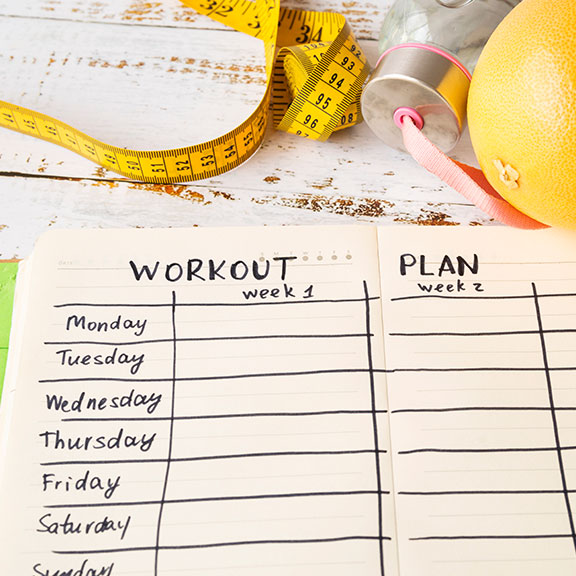Creating a fitness plan tailored just for you is the best way to ensure lasting results, stay motivated, and enjoy your journey to better health. A personalized fitness plan takes into account your unique goals, lifestyle, preferences, and physical condition — so you’re not following a one-size-fits-all routine but a program designed specifically to fit your needs.
Whether you want to lose weight, build muscle, increase endurance, or simply feel healthier, here’s a step-by-step guide to building your own personalized fitness plan.
1. Define Your Fitness Goals
Before you start any fitness program, it’s crucial to know what you want to achieve. Goals give you direction and motivation. Here are some common goals people set:
Lose weight or reduce body fat
Build muscle and strength
Improve cardiovascular endurance
Increase flexibility and balance
Enhance overall health and well-being
Be specific and realistic. Instead of just saying "I want to get fit," try “I want to lose 10 pounds in 3 months” or “I want to run a 5K race in 8 weeks.”
2. Assess Your Current Fitness Level
Knowing where you stand helps you set appropriate workout intensity and avoid injuries. You can do simple assessments like:
How many push-ups or squats you can do
How long it takes you to walk or run a certain distance
Your resting heart rate
Flexibility tests like touching your toes
If you have any health conditions or concerns, consider consulting a doctor or fitness professional before starting.
3. Choose Activities You Enjoy
A fitness plan that’s fun is easier to stick with! Think about the types of exercise you like or want to try:
Strength training (weights, resistance bands)
Cardio (running, cycling, swimming, dancing)
Yoga or Pilates
Sports (tennis, basketball, soccer)
Group classes or at-home workouts
Mixing different activities can keep things fresh and target different muscle groups.
4. Plan Your Workout Schedule
Decide how many days per week you can realistically commit to exercising. For beginners, 3-4 days per week is a good start.
Try to balance workout types:
Strength training 2-3 times per week
Cardiovascular exercise 3-5 times per week
Flexibility and mobility work daily or several times a week
Remember to include rest days for recovery — your muscles need time to heal and grow.
5. Set Progression and Milestones
Your body adapts over time, so gradually increase the intensity or duration of your workouts. Track your progress by noting improvements such as:
More reps or heavier weights
Longer cardio sessions or faster pace
Increased flexibility or balance
Celebrating small milestones keeps you motivated!
6. Nutrition and Hydration
Fitness is not just about exercise — what you eat and drink matters too. Support your workout plan with balanced meals rich in:
Protein (for muscle repair)
Complex carbs (for energy)
Healthy fats
Plenty of water
Avoid fad diets and aim for sustainable, healthy eating habits.
7. Listen to Your Body
Pay attention to how you feel during and after workouts. Rest if you feel pain or extreme fatigue. Adjust your plan as needed based on your body’s signals and progress.
8. Stay Consistent and Flexible
Consistency is key to success. Stick to your plan but allow some flexibility — life happens, and it’s okay to adapt. The goal is to create a fitness lifestyle, not a short-term challenge.
